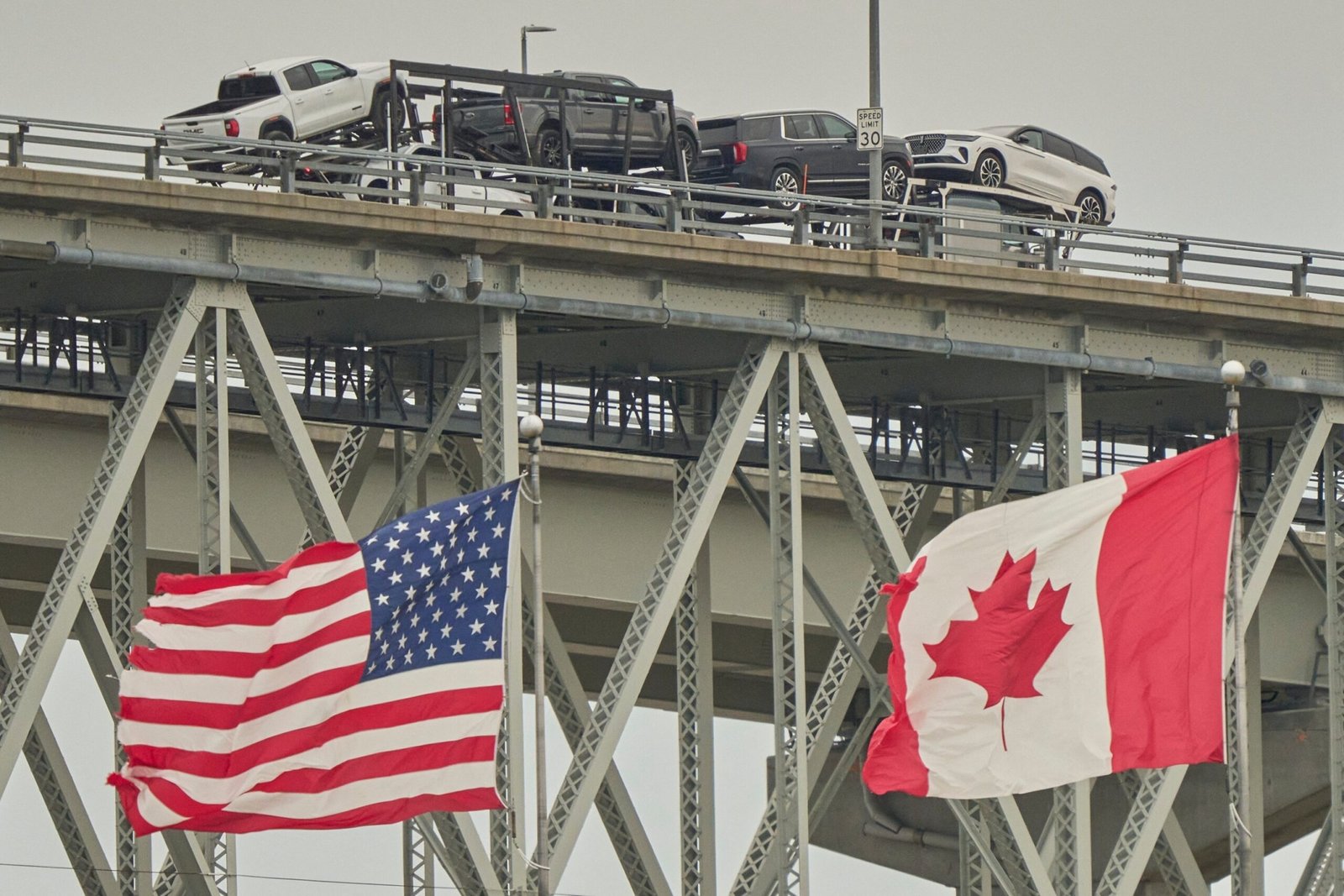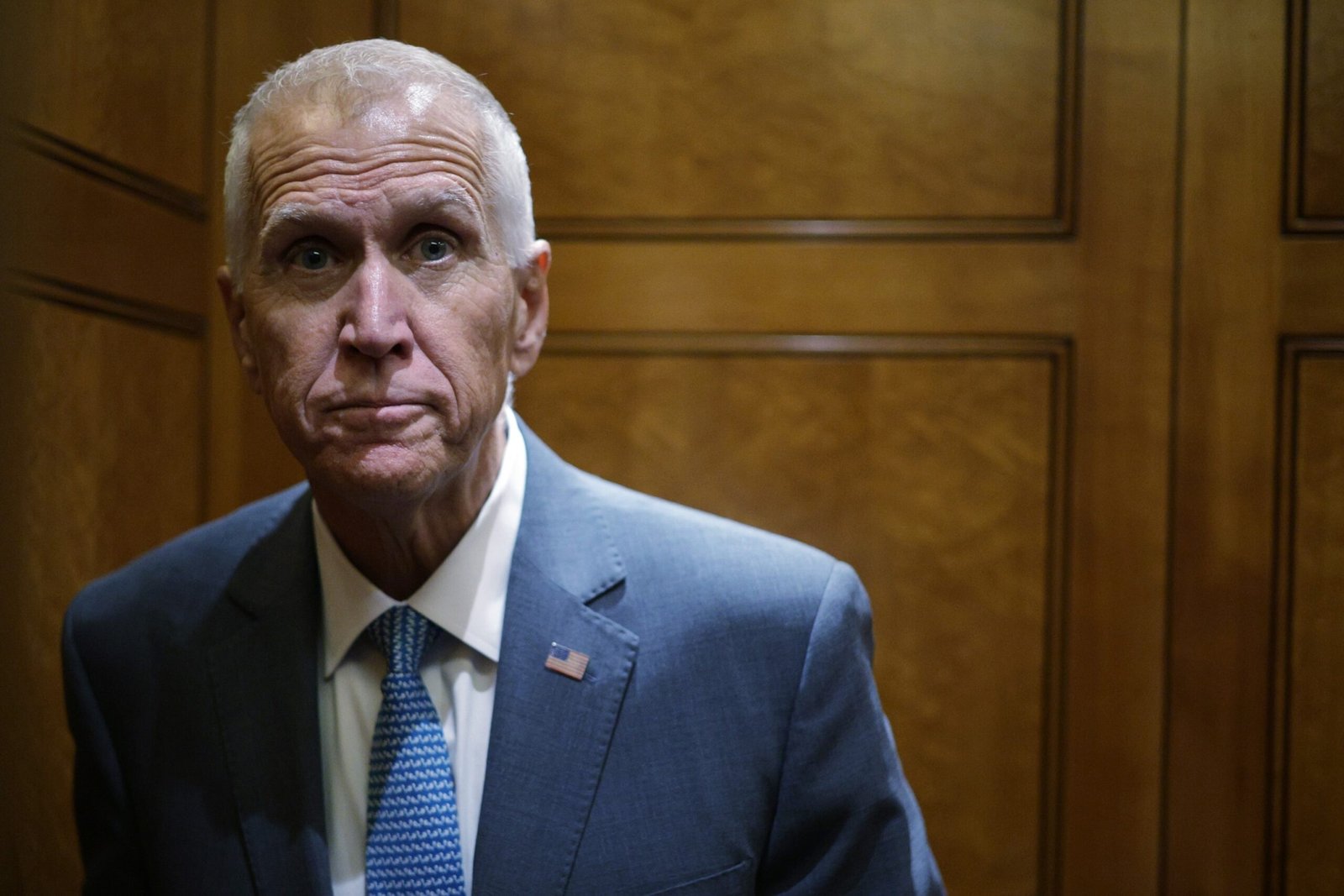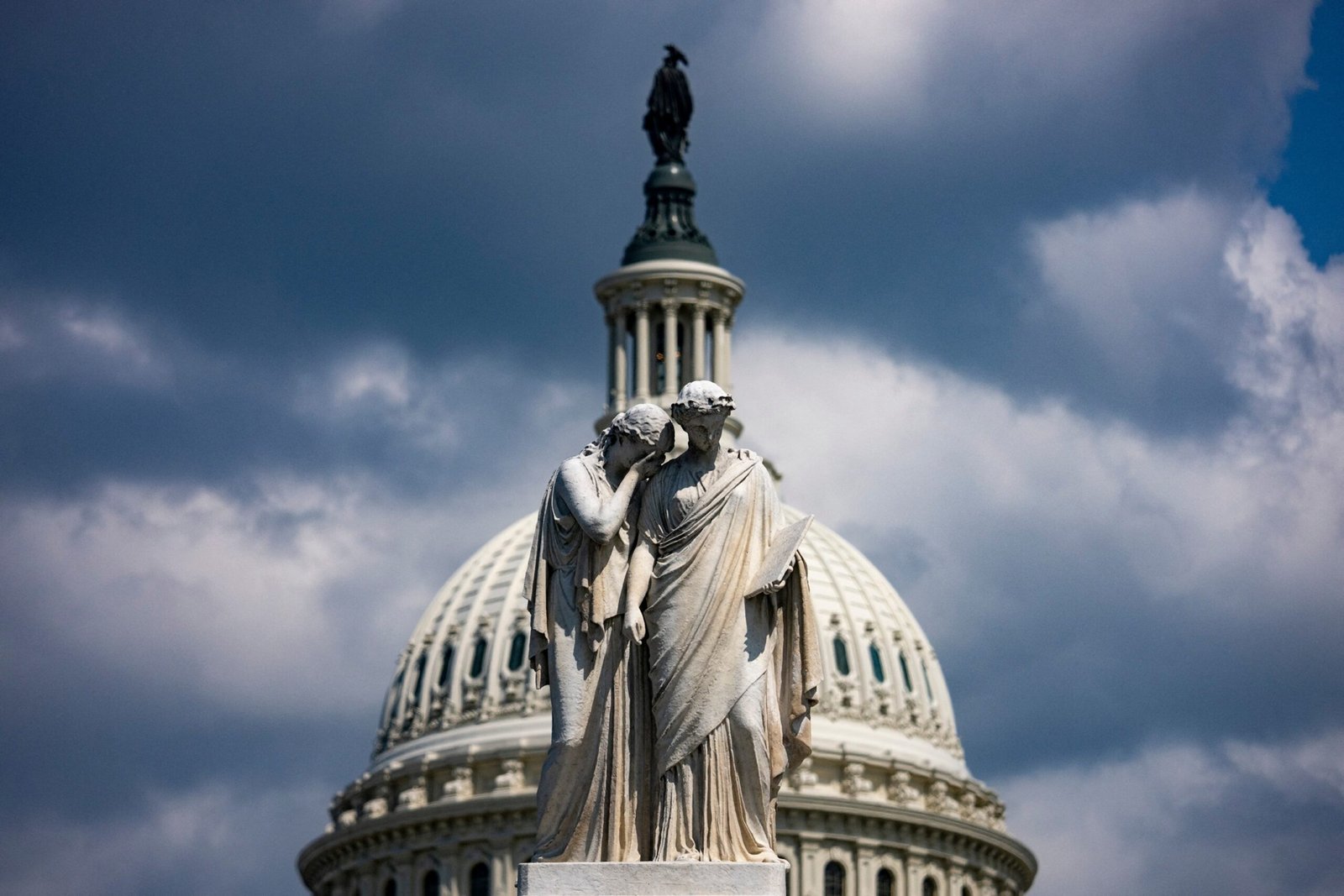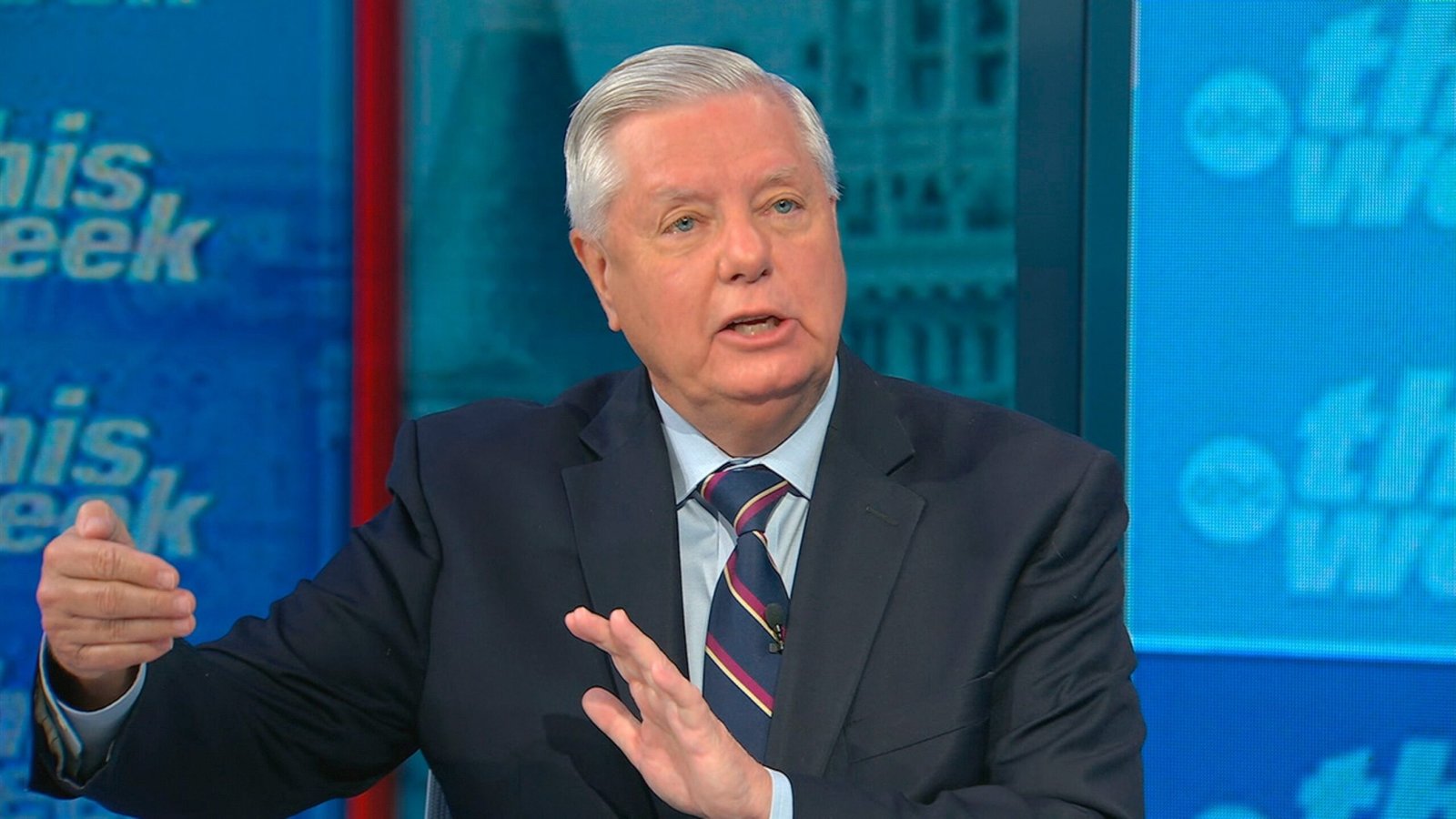Again, commercial conversations out again between the United States and Canada have emerged as the last point of view in tense economic relations between the two countries since President Donald Trump assumed the position.
Canadian Prime Minister Mark Carney said Sunday night that commercial discussions had resumed after Canada set aside plans for a digital service tax, which would have imposed a 3% tax on US technology companies. Days before, Trump suspended conversations about the tax. The two parties previously established a deadline of July 21 for a commercial agreement.
Below is a timeline of the United States commercial dispute, and where it is now.
November 25, 2024 – Less than three weeks after his electoral victory, Trump announced on Truth Social to impose 25% tariffs on all imports from Canada and Mexico, citing an alleged lack of their respective borders with the United States.
January 20 – Trump signed a memorandum that asked the cabinet members to “evaluate illegal migration and fentanyl flows” of Canada, Mexico and China. Subsequently, officials must “recommend appropriate national and commercial security measures to resolve that emergency,” said the memorandum.
February 1 – Trump ordered 25% tariffs on the goods of Mexico and Canada, as well as 10% of tariffs in China imports. The White House said the tariffs would take effect on February 4.
February 3 -Trump announced a pause of one month of tariffs on Canada and Mexico after reaching agreements with each country that included commitments to reinforce the border application.
February 27 -Trump said plans to impose 25% tariffs on Canada and Mexico when the delay of one month expires on March 4.
March 3 – Speaking at the White House, Trump reiterated plans to advance with a new round of tariffs the next day. In a matter of minutes, the stock market fell. The s& P 500 closed 1.7%, its worst negotiation day since December.
March 4 – Tariffs on the assets of Canada, Mexico and China entered into force at 12:01 am et. An almost instantaneous commercial war broke out. China and Canada responded with retaliation rates, promising additional measures. Mexican President Claudia Sheinbaum criticized Trump’s tariffs, but said she waited for reprisal measures until after a conversation with him.
March 5 -Trump ordered a month of one month of automatic tariffs after a request from US car manufacturers “Big 3”: Ford, General Motors and Stellantis, the parent company of Jeep and Chrysler.
March 6 -Trump signed executive orders that temporarily pause tariffs on Canadian and Mexican goods that comply with the United States-Mexico, or USMCA, or Free Trade Agreement.
March 9 -Canada selected the new elected prime minister Mark Carney. In his acceptance speech, Carney approached Trump’s tariffs on Canada and the threat that Trump represents, qualifying events as the “greatest crisis in our lives.”
March 11 – The Prime Minister of Ontario, Doug Ford, threatened to impose a 25% surcharge on the electricity of the province sent to US clients in response to the previous tariffs of the United States on Canadian goods. In response, Trump threatened to double steel and aluminum rates specifically for Canada.
March 12 – The United States imposed 25% tariffs on all imports of steel and aluminum. Trump chose not to double the tax for Canada after reaching an agreement and Ford withdrew his threat of imposing electricity surcharge. Canada announced retaliation rates at approximately $ 20.7 billion in US goods.

A truck with vehicles crosses the edge of the blue water bridge that crosses the United States from Sarnia, Ontario, Canada, on April 3, 2025.
Geoff Robins/AFP through Getty Images
April 2 -Trump announces tariffs on “Liberation Day”, but Canada is excluded from a steep set of so -called reciprocal tariffs, as well as a 10% universal tariff for almost all imports.
April 3 – 25% tariffs in imported vehicles to the US. Uu. They entered into force. Mexico and Canada constitute the two main US commercial partners for both finished motor vehicles, representing almost half of all imports from the United States, according to a data analysis of the United States International Trade Commission by the Cato Institute, a group of experts. Carney criticized politics, saying that he pointed out the end of a “global trade system anchored in the United States.”
April 9 -Canada slapped 25% of retaliation tariffs in vehicles that do not comply with USMCA of the United States
April 15 -In an effort to facilitate commercial impacts related to the rate, Canada issued A six -month break over the levies for American products that are used in Canadian manufacturing, processing and packaging of food and beverages, as well as those used for public health initiatives and national security.
April 28 – The liberals won the greatest amount of seats in the Canadian Parliament, consolidating control of the party and the role of Carney as prime minister. In a publication on social networks early on the day, Trump suggested that Canadians should vote for him so that Canada becomes state 51.
May 6 – Carney visited Trump in the Oval office, telling him that Canada “is not on sale” after Trump repeated his statement, he should become the state 51.
May 28 – Two separate federal courts invalidated some of Trump’s most steep rates, including 25% rates on Canadian goods. The decisions focused on the unprecedented invocation of Trump of international economic emergency powers act as a legal justification for taxes.
May 29 – A Federal Appeals Court moved to temporarily restore prohibited rates a day before.
June 2 – Trump increased a tax over all steel and aluminum by 25% to 50%.
June 16 – At the Summit of G7 in Alberta, Canada, Carney and Trump said that the United States and Canada would reach a commercial agreement within 30 days.
June 27 -Trump said it would suspend United States commercial conversations as a result of Canada’s plans to advance with a tax on US technology companies.
June 29 – Carney said that commercial conversations between the United States and Canada had resumed after Canada retracted their plan to tax technology companies.






